
In a concerted effort to revolutionize its capabilities, the U.S. Army is aggressively pushing forward with drone experimentation across its units. This initiative stems from a top-down directive emphasizing the need for a significant increase in the use of drones within the force.
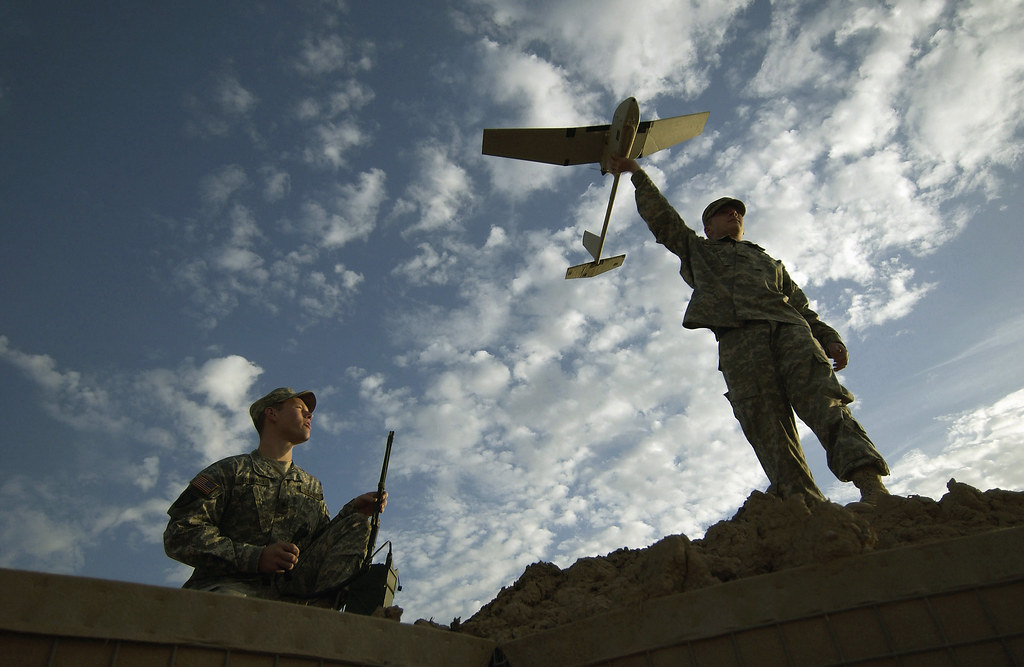
Army Chief of Staff Randy George underscored this strategic pivot, stating, “We’re going to see robotics inside the formation, on the ground and in the air.”
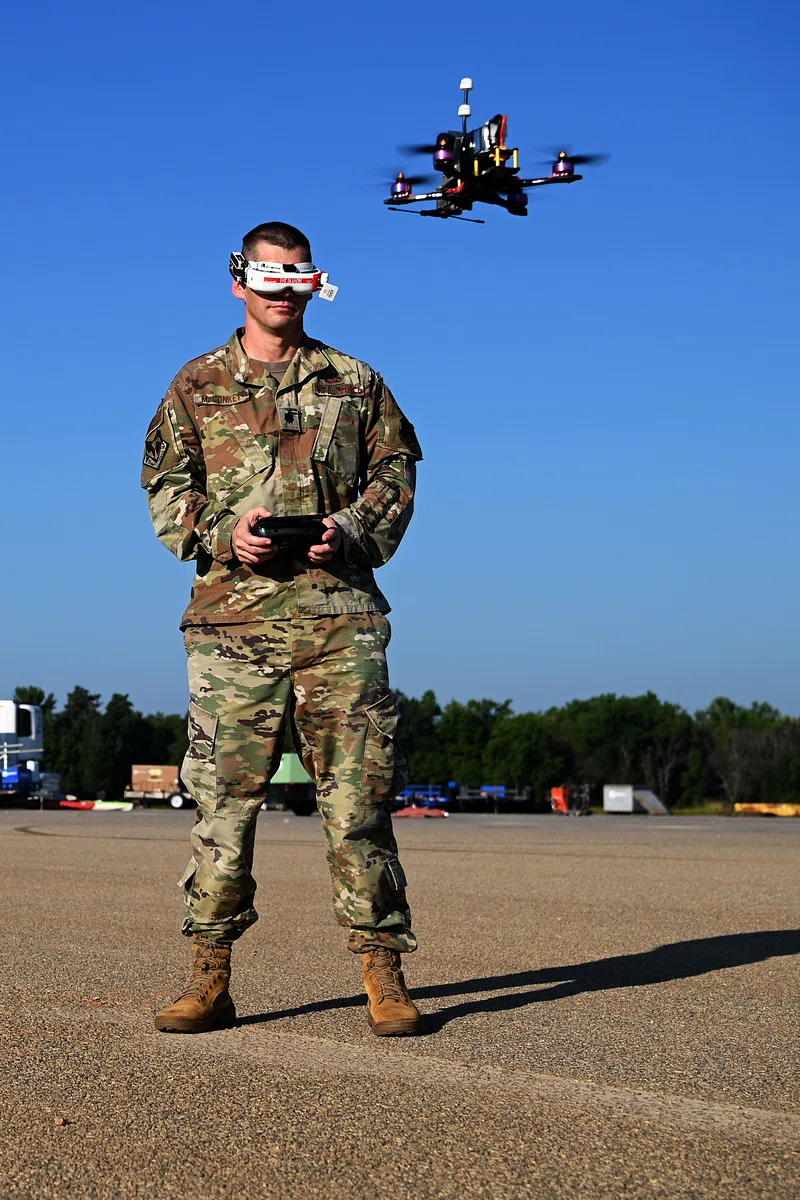
Junior officers and enlisted soldiers are at the helm of this transformative phase, as they engage in extensive experiments to learn how to operate and integrate these new systems effectively.
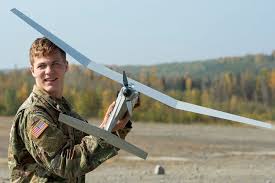
Capt. Adam Johnson, commander of an experimental unit within the 82nd Airborne, articulated the evolving role of drones, saying, “No longer is a drone just a safety net” for soldiers on patrol. They serve a purpose far beyond, signifying the Army’s intent to embed these technologies into their core operational fabric.

The Army’s experimentation is not limited to high-priced drones from its pre-approved Blue List, which can cost up to tens of thousands of dollars.
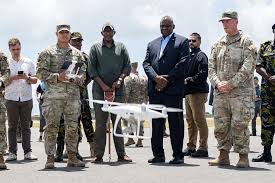
Units like Gainey’s Robotics and Autonomous Systems (RAS) platoon are finding value in assembling their own first-person-view (FPV) drones from scratch using components from approved suppliers. This approach has proven beneficial due to the significantly lower costs and ease of experimentation.
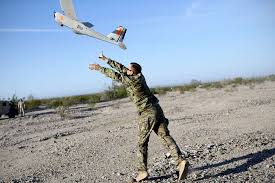
These units are also grappling with organizational and training challenges. Johnson revealed that staffing units with permanently assigned drone operators possessing a high level of expertise proved more effective than training soldiers with limited prior exposure to drones.
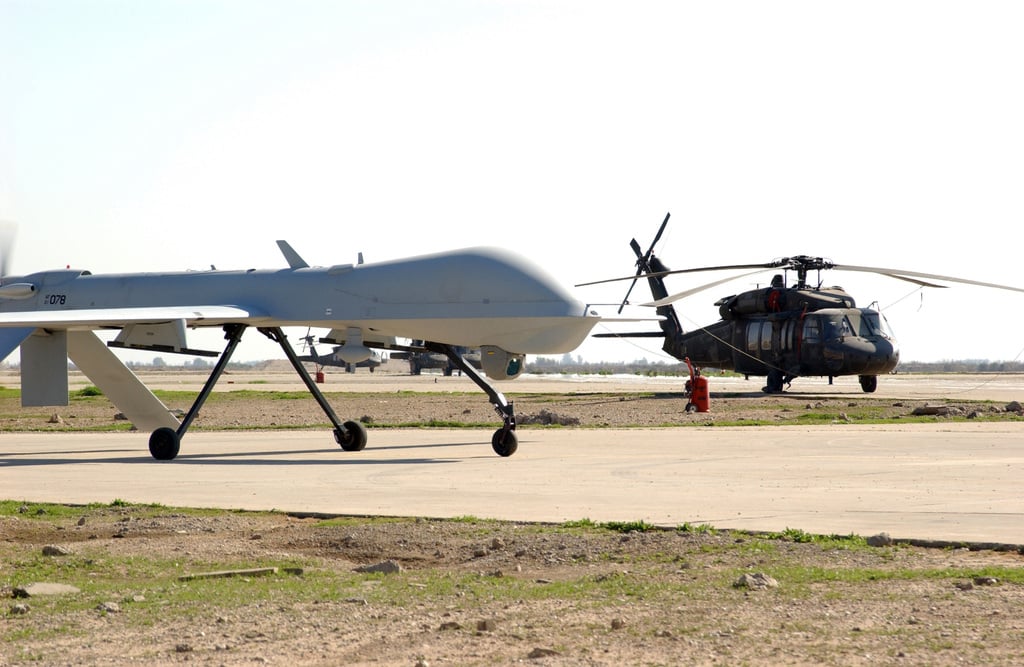
This shift suggests a growing recognition that specialized skills are paramount to leveraging drone capabilities fully.
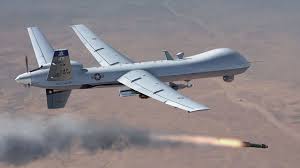
Another notable adaptation within the Army is the consideration of dedicated drone units, inspired by Ukraine’s model. Such a move could foster a “culture of competition” and improve the use of drones in coordination with artillery fire, according to Johnson.
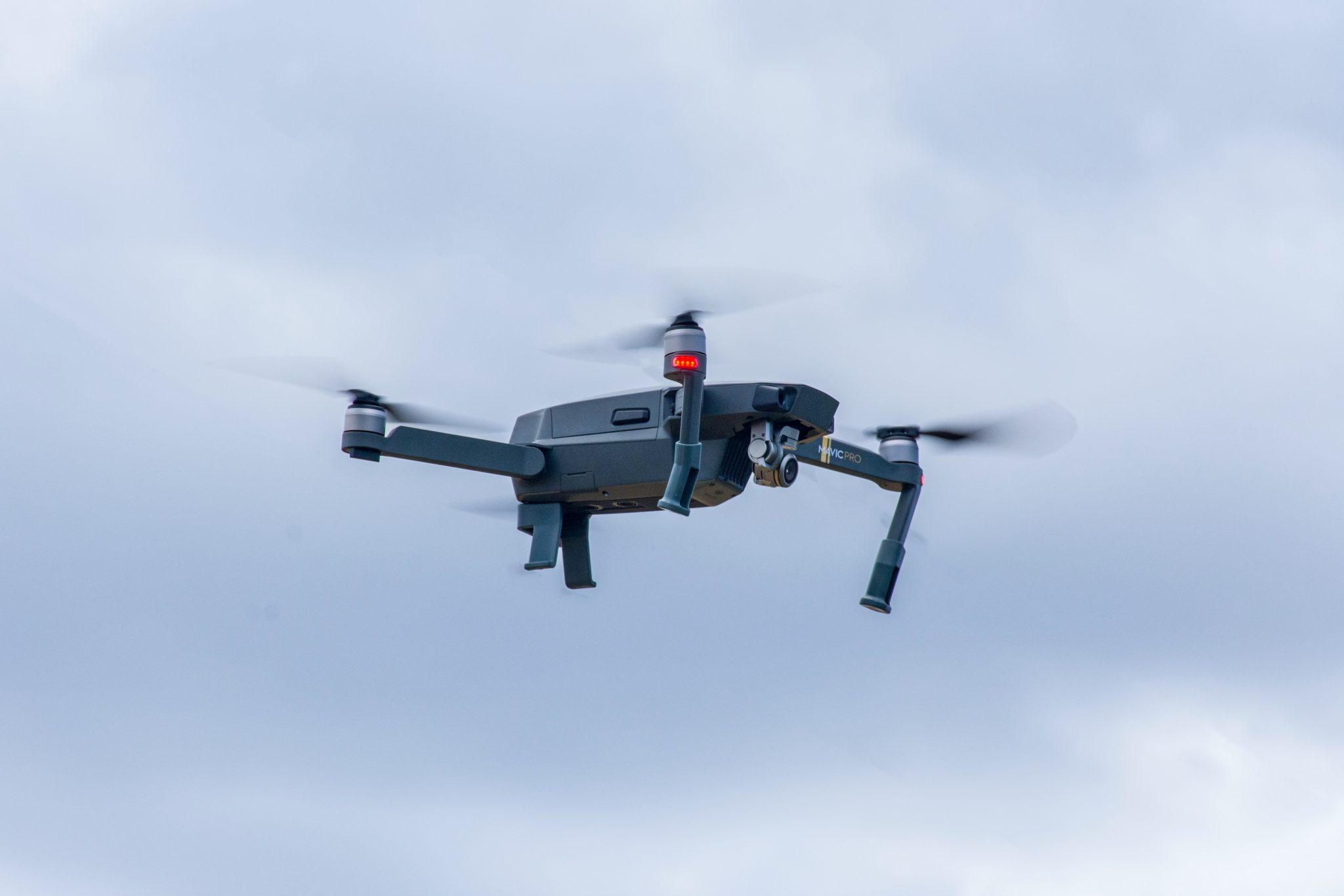
This evolving doctrine is also embraced by the 101st Airborne Division, which has incorporated drones into its Multi-Functional Reconnaissance Company (MFRC). The MFRC’s role is crucial in identifying enemy units and coordinating indirect fire, as highlighted by Capt. Charles O’Hagan.

In the realm of ground-breaking military technology, Aurora Flight Sciences, a Boeing-owned company, has emerged with a novel fan-in-wing vertical-takeoff-and-landing (VTOL) aircraft concept under the DARPA Sprint program.

Aurora is progressing to a preliminary design review for an aircraft that aims to combine the VTOL capability with a significant cruise speed of 450 knots. The initiative is part of a broader push to build an experimental X-plane demonstrator with a transformative combination of aircraft speed and runway independence.

Embracing innovation, Aurora has refined its aircraft design, showing an uncrewed aircraft with three lift fans that can be scaled for future use.

Notably, DARPA’s X-plane programs historically face challenges in transitioning technology post-demonstration, but this refined approach by Aurora might suggest a pragmatic path forward.
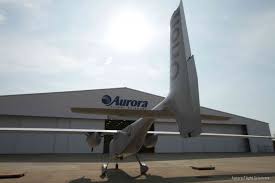
Bell Textron Inc., also selected for Phase 1B of the SPRINT X-plane program, is leveraging its history and expertise in high-speed vertical lift technology to contribute to this endeavor. Bell’s involvement highlights an industry-wide race to develop HSVTOL technology, blending the hover capabilities of helicopters with the speed and survivability of jet aircraft.
Relevant articles:
– Across the Army, units lean into drone experimentation, Defense One
– Aurora Reveals Refined Concept For DARPA’s High-Speed VTOL X-Plane, Aviation Week
– Bell Awarded Funding for Phase 1B of DARPA Speed and Runway Independent Technologies (SPRINT) X, Seapower
– DARPA/SOCOM Speed and Runway Independent Technologies (SPRINT), Secret Projects Forum
